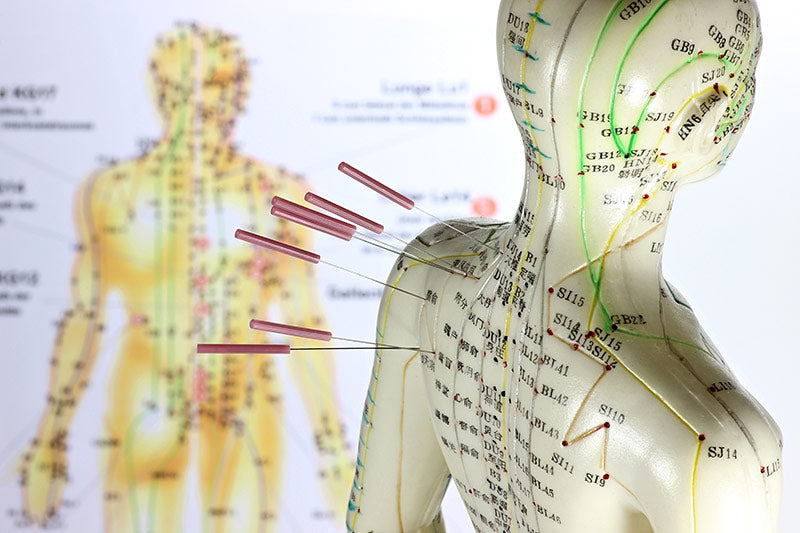5 Acupressure Points to Relieve Sleep Apnea
Acupuncture as a Traditional Chinese Medicine(TCM) has been practiced over thousands of years. It requires insertion of thin acupuncture needles through your skin at strategic points on the body. TCM practitioners believe that there are more than 2,000 acupuncture points in the human body. All the points are connected by meridians, and they are responsible for overall health. Sleep Apnea is one disorder that can be relived by pressing acupressure points.
What is Sleep Apnea?
Sleep Apnea is a sleep disorder that breathing repeatedly stops and starts during sleep. Every night, there are 2.2 million Canadians out there struggling with sleep apnea. The most commonly used remedy is usually obstructive sleep apnea which is a continuous positive airway pressure (CPAP) machine that supplies a steady flow of oxygen to the sleeper through a face mask. This means that people have to sleep with a face mask every night.
However, there is an alternative way which is acupressure.
What is Acupressure?
Acupressure is an alternative medicine technique that is often used in conjunction with acupuncture. Practitioners use their fingers, elbows, or feet to apply pressure to acupoints on the body's meridians. There is no equipment required for acupressure.
What are the 5 acupressure points to relieve Sleep Apnea?
Acupressure helps to relax the body and ensures you achieve a greater quality of sleep. Researchers continue to study the merits of acupressure as it relates to sleep apnea, however many have already reported it helping significantly. In addressing sleep apnea, there are five specific areas where acupressure is known to work.
Back of heart
The space opposite your heart found on the back of the spine between your shoulder blades is inarguably your most important acupressure point. Just by rolling a tennis ball here can sometimes be enough to ease feelings of anxiety, fear, and stress.
Pulse point
Acupuncture cures sleep apnea through regular application in areas such as the pulse point. That’s the location inside of your left wrist and below the wrist crease. Known as the Pericardium 6, manipulation of this area is shown to reduce indigestion, nausea, dizziness, asthma, and irritability.
Heart 7
A few inches from your pulse point on your wrist crease directly below the pinky finger is called Heart 7. Acupuncture needles applied to this area can alleviate emotional stressors, overexcitement, anxiety, or cold sweats which are all known to be associated with sleep apnea and/or insomnia.
Base of the skull
A spot on the back of your neck approximately one inch below the base of your skull is an ideal acupressure point to relieve neck pains, headaches, relax the mind, and clear unwanted thoughts. Tension relief in this area can help many sufferers of sleep apnea achieve results.
Third eye
The space between your eyebrows is considered your ‘third eye’ and is an ideal acupressure point to declutter the mind. This is one of the best acupressure points for sleep apnea relief. Acupuncture-based stimulation here has also been associated with helping relieve cough or difficulty breathing, anxiety, panic attacks, and depression.
In conclusion, the 5 acupressure points which could help relieve Sleep Apnea are back of heart, pulse point, heart 7, base of the skull, and third eye. Moreover, you can improve your sleep quality by practicing acupressure on these 5 points.
If you’re struggling with sleep apnea and are interested in giving acupuncture a try, buy acupuncture needles and related accessories today from Canada’s own Lierre.ca. Sleep apnea risks are very real. Whether you’re seeing symptoms or have been diagnosed and are being recommended treatment, acupressure might be all you need to help get you through the night with a good night’s rest. Shop Lierre.ca today.

